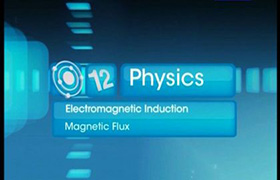JEE Class main Answered
In the above question if the charge distributed is changed as shown in figure, the force on q is

Asked by anshuman.anshuman090 | 06 Apr, 2019, 21:12: PM

Let us consider a small element dl in the ring that gives a repulsive force F to the charge q placed at the centre.
Force F can be resolved along horizontal direction as Fsinθ and in vertical direction as Fcosθ.
Horizontal component Fsinθ will be canceld out if we consider similar element of the ring in right side.
Hence the net force F+ due to positive charge distribution is given by
 ..........................(1)
..........................(1)In the above eqn.(1), λ2 is the charge density per unit length.
Similarly attractive force F- due to negative charge distribution is also proportional to charge density λ1
Both tthe forces are acting in same direction. Hence total force = 

Answered by Thiyagarajan K | 06 Apr, 2019, 22:57: PM
Application Videos
Concept Videos
JEE main - Physics
Asked by sumalathamadarapu9 | 23 Oct, 2024, 22:06: PM
JEE main - Physics
Asked by py309649 | 13 Oct, 2024, 13:39: PM
JEE main - Physics
Asked by coolskrish | 13 Oct, 2024, 12:50: PM
JEE main - Physics
Asked by midnightmoon3355 | 09 Oct, 2024, 09:09: AM
JEE main - Physics
Asked by rambabunaidu4455 | 03 Oct, 2024, 16:03: PM
JEE main - Physics
Asked by ratchanavalli07 | 17 Sep, 2024, 07:46: AM
JEE main - Physics
Asked by yayashvadutta45 | 15 Sep, 2024, 19:47: PM
JEE main - Physics
Asked by adithireddy999 | 03 Sep, 2024, 09:35: AM
JEE main - Physics
Asked by vaishalinirmal739 | 29 Aug, 2024, 18:07: PM
JEE main - Physics
Asked by vradhysyam | 26 Aug, 2024, 17:17: PM










